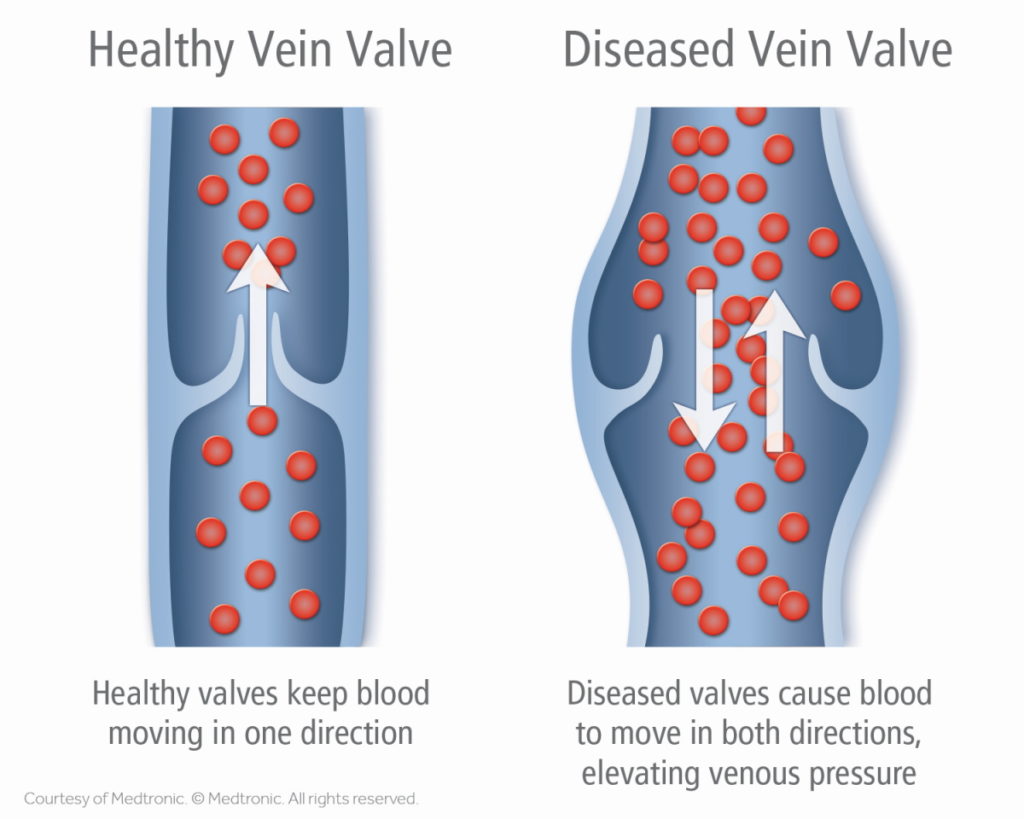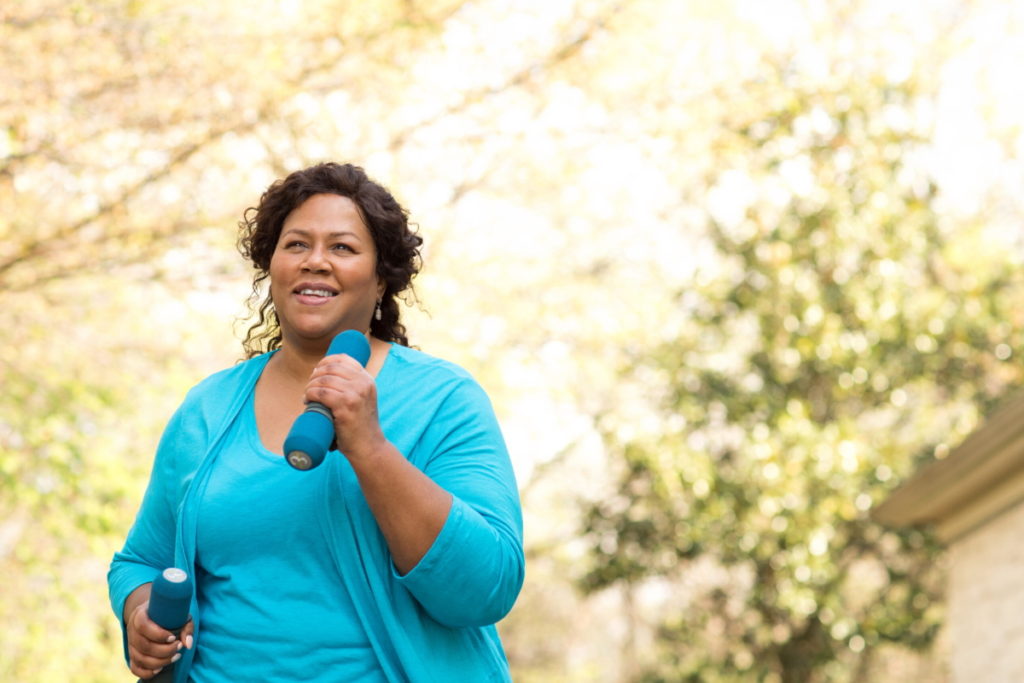Why Healthy Veins Aren’t a Priority but Should Be
Author: StrideCare Internal Team

When was the last time you worried about whether or not you have healthy veins? If we had to guess, probably never—unless, of course, your doctor diagnosed you as being one of the 20 million Americans suffering from vein disease. Outside of that, how our veins perform doesn’t grab our attention, especially when we feel as healthy as a horse and our legs look great. As we age, we expect our veins to keep working. When they don’t, we chalk up achy legs and muscle cramps as just a part of getting older. Or we see it as a sign that the easy fix is to exercise more, eat better, and lose weight. While those activities can help, we still don’t consider our veins the real culprit.
In reality, vein disease is extremely common, affecting one out of every three American. It worsens the longer it’s left untreated. Symptoms like the ones above progress from annoying to debilitating and dramatically impact your quality of life. At StrideCare, we want you to understand the importance of healthy veins and empower you to recognize the signs of vein disease—even in its earliest stages.
Are You Experiencing Any of These Symptoms?
- Painful varicose veins
- An achy or heavy feeling in the legs
- Swelling
- Muscle cramps
- Itchy skin
- Pain that worsens after sitting or standing for long periods
- Restless legs
- Blood clots or deep vein thrombosis
- Lost leg hair
Healthy Veins Don’t Always Last Forever
Healthy veins can be fleeting. We don’t say that to scare you, and we realize it’s difficult to fathom when you’re young. After all, you were likely very active as a teenager. Even in your 20s, your legs felt great, and your skin was very smooth. Even if your veins were occasionally visible just beneath the surface of your skin, this was completely normal. But like anything else, healthy veins are constantly under pressure to do their job as we age, and various lifestyle changes impact their everyday functionality.
Think of your veins as a network using a series of strong valves to carry deoxygenated blood back to the heart. This constant process works over and over again without you having to think about it. Your veins support many systems critical to your cardiovascular health and other functions of blood. As we age, valves in our veins that were once healthy can become faulty. As they weaken further, blood begins to flow in the opposite direction with gravity. As a result, blood pools in areas it shouldn’t.

- Age — Vein disease is more common in women and older adults between 40 and 80.
- Diet — Poor lifestyle choices, including diets high in salt, processed meat, etc., make vein disease worse.
- Excess weight — Obesity increases pressure on your veins and can also hinder venous return from the legs.
- Smoking — Up to 80% of patients with Peripheral Vascular Disease (PVD) are current or former smokers.
- Heredity — If your mother or grandmother had varicose veins, you are more likely to follow in their footsteps.
- Excessive standing — If you have a job that requires you to spend most of your time standing, gravity sets in and increases the odds that blood will pool in your lower extremities.
- Pregnancy — Multiple pregnancies and hormonal changes increase blood volume and stress on veins.
- Sedentary lifestyles — Inactivity inhibits proper blood flow throughout the body
6 Tips for Stronger, Healthy Veins
Hopefully by reading this article, the importance of healthy veins is officially on your radar. And the good news is that while vein disease is progressive, it’s also treatable—as long as there is an accurate and early diagnosis coupled with the right solution based on your condition.
So, it’s not too late to make a significant change. Below are just a few helpful tips to achieve stronger, healthy veins.

- Get more exercise
For adults, the American Heart Association recommends at least 150 minutes per week of moderate-intensity aerobic activity and to increase the amount and intensity of those exercises gradually over time. This improves blood flow throughout the body and promotes healthy veins.
- Eat better
Your diet helps maintain blood circulation, cardiovascular health, and the ability to lose weight. Options include vegetables, fruits, and fiber-rich foods.
- Wear compression socks
Compression socks apply gentle pressure to support your legs. This helps with circulation, swelling, and reduces painful legs during long work shifts, plane flights, and standing on your feet for a long time.
- Avoid tight clothing
Tight clothing around the waist, upper thighs, and legs can interrupt blood flow through the veins and increase pooling of blood and leg swelling.
- Quit smoking
Smoking is the leading cause of preventable disease and death in the United States, including its direct impact on the formation of varicose veins and other venous diseases and complications.
- Elevate your legs
Studies consistently show that elevating legs for 30 minutes at least four times a day can decompress lower extremity veins and improve symptoms of painful legs. Elevating legs uses gravity to your advantage by allowing blood that has pooled in your extremities to drain away.

StrideCare Wants You to Have Healthy Veins
It’s easy to lose sight of how important it is to have healthy veins when you aren’t in pain, and your legs look great. The whole idea behind healthy veins is that they are working in the background without us having to really do anything. But healthy veins can be fleeting. It’s up to us to make sure we are making the right lifestyle choices to avoid issues later in life or seeking help sooner rather than later when vein disease does become an issue.
Our expert vein doctors and highly skilled team members at StrideCare are proud to offer educational solutions and non-surgical treatments for a variety of vein diseases that might be dramatically impacting your quality of life. We only utilize the latest technologies and minimally invasive procedures. On top of that, our physicians are board-certified diagnostic radiologists with additional fellowship training in vascular and interventional radiology. That means we are the best at what we do!
Prior to starting any new treatment or questions regarding a medical condition, always seek the advice of your doctor or other qualified health provider. This information is not a substitute for professional medical advice.
StrideCare serves the South Texas area including Houston, San Antonio, Austin, Round Rock, Bastrop, Brushy Creek, Cedar Park, Converse, Georgetown, Hutto, Kyle, Leander, Marble Falls, New Braunfels, Pasadena, Pearland, Pflugerville, San Marcos, Schertz, Houston, Sugar Land, Katy, Webster, Bay City, Clear Lake, Lake Jackson, The Woodlands, Universal City, Spring, Kingwood, Stafford, Conroe, Texas City, Cypress, League City, Bellaire, and more.


